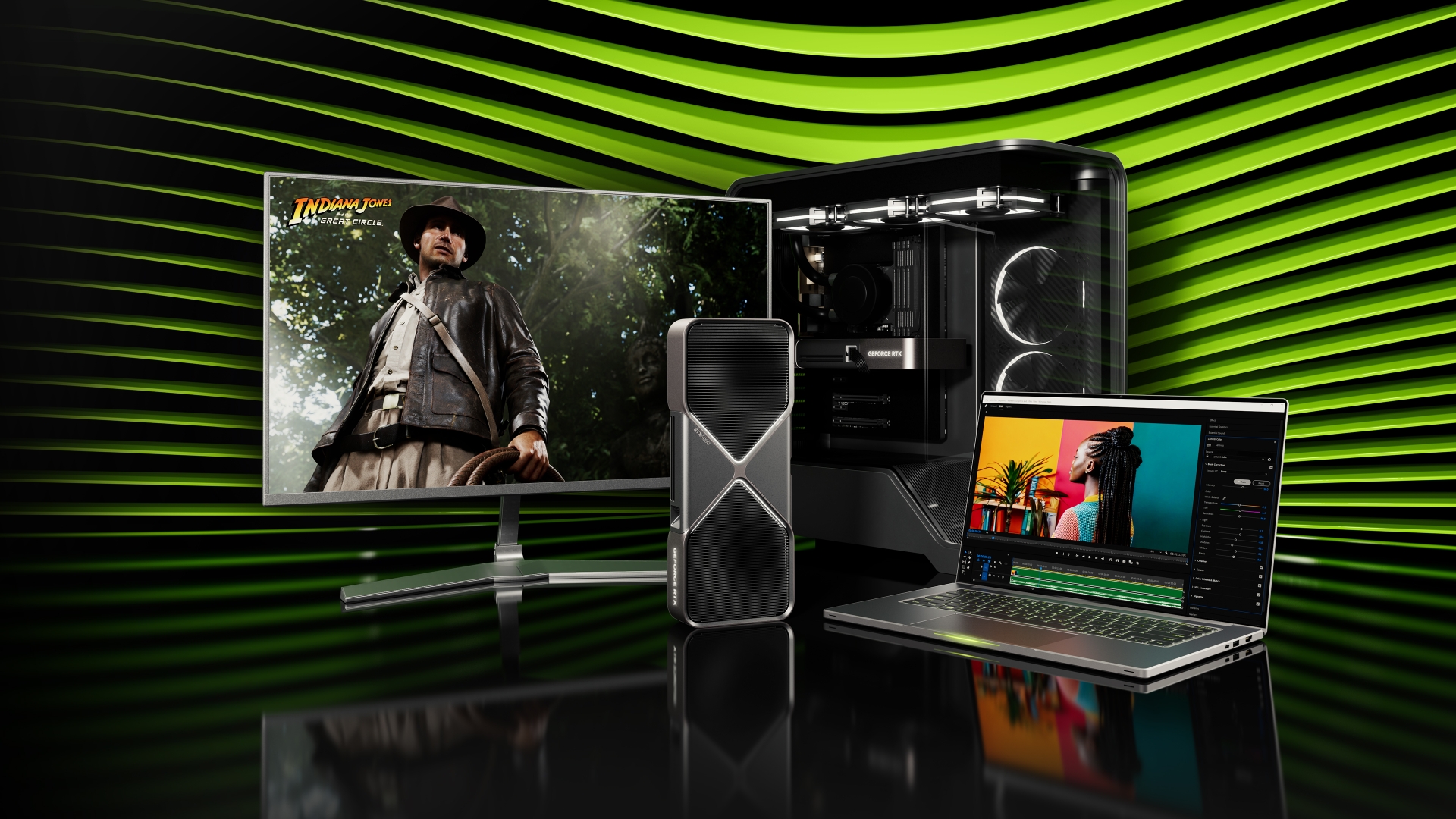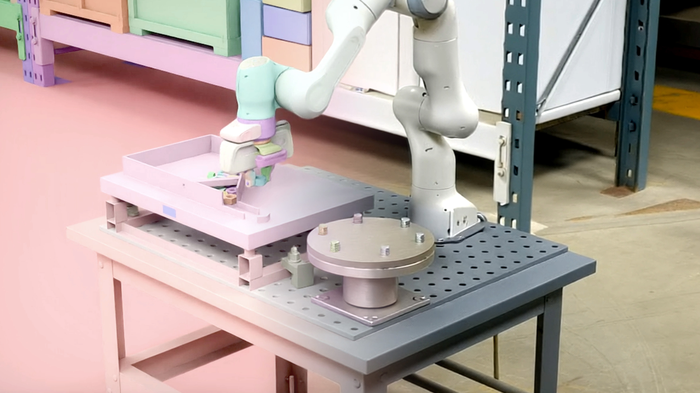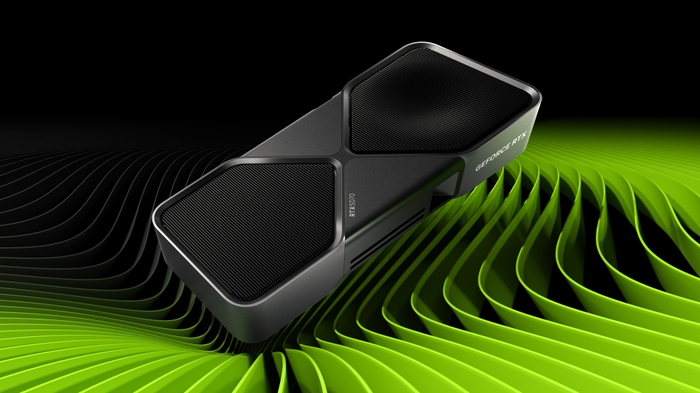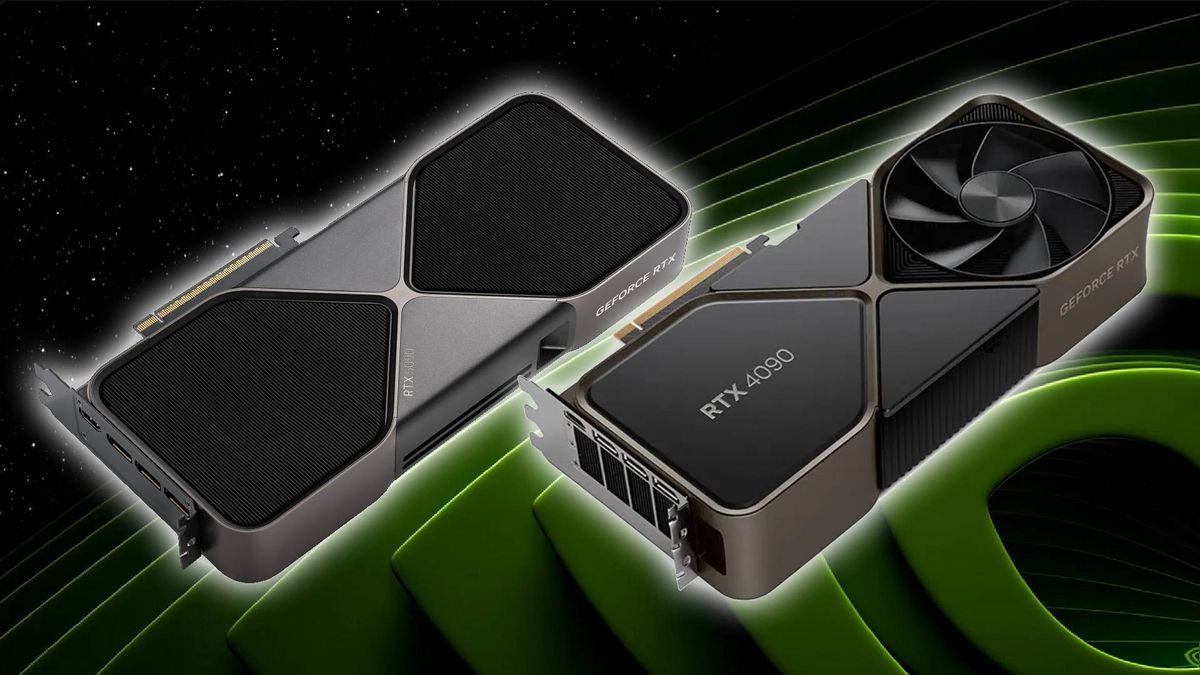GET READY TO UPGRADE: Nvidia’s Blackwell GPU Takes the Stage – RTX 5090 vs RTX 4090 Showdown
The world of PC gaming has just become a whole lot more exciting, as Nvidia is poised to unleash its latest behemoth of a graphics card: the Blackwell GPU. The rumors have been circulating for months, and now the wait is finally over. Say hello to the Nvidia GeForce RTX 5090, the latest flagship GPU that promises to shatter boundaries and redefine the limits of what’s possible in gaming and beyond.
But how does it stack up against its predecessor, the RTX 4090? Does this next-gen powerhouse live up to the hype, or will it leave some gamers feeling underwhelmed? In this exclusive showdown, we’ll delve into the heart of the matter, pitting the RTX 5090 against its mighty predecessor in a battle of performance, features, and sheer gaming prowess. Whether you’re a
RTX 5090 vs RTX 4090: Nvidia’s Next-Gen Blackwell GPU vs Lovelace Flagship

Now that the RTX 5090 is official, many of you are likely wondering how it compares to the RTX 4090. After all, Nvidia’s current gen GPU has been sitting pretty on the GPU throne since 2022, and even top-end AMD cards haven’t managed to usurp its position. However, it’s extremely likely that it’ll finally lose its crown to the green team’s new Blackwell contender, especially since it’s packing new AI tricks.
Even the phrase RTX 5090 vs RTX 4090 sounds a bit vicious, but Blackwell is a successor rather than a rival. The new Nvidia card is specifically designed to replace the Lovelace flagship, a tradition that has taken place every generation since the Nvidia 256 back in 1999. However, that doesn’t mean the fresh GPU will universally better, as while it boasts elevated specs on paper, there’s more to this match than brute performance.
To properly put things into perspective, I’m going to run you through RTX 5090 vs RTX 4090 in terms of price, specs, and features. That way, you’ll know whether you should buy the RTX 5090, consider another model, or even try and grab the last-gen Lovelace card if prices happen to drop in the months ahead.
Price and Availability
MSRP and Custom Models
The RTX 5090 is set to arrive on January 30 for $1,999, whereas the Founder’s Edition RTX 4090 retails for $1,499. At face value, you’re paying $500 more this generation for Nvidia’s flagship compared to 2022, but the increase can be attributed to inflationary changes and technical enhancements.
Of course, these MSRPs don’t apply across the board, and custom RTX 5090 will likely come with a much higher asking price. At the same time, there’s a chance RTX 4090 stock will start to receive a price cut, meaning you’ll pay even less for the former flagship.
Whether or not those discounts are worthwhile fully depends on how the RTX 4070 and RTX 4080 perform in benchmarks, as CEO Jensen Huang says the former boasts 4090 levels of performance for $549. If you’re looking for a GPU that’ll provide uncompromised performance throughout the generation ahead, the RTX 5090 will do so for $1,999.
The same can’t be said for the RTX 4090 since the new flagship will boost fps further at 4K, but if you can get one for cheaper than something like the RTX 5080, it could be a winner in terms of price. Again, that hinges on how mid-range Blackwell GPUs perform, as the Lovelace card could be end up worse value.
Specs and Features

CUDA Cores and VRAM
For many, specs will be the main point of comparison between the RTX 5090 and RTX 4090. That makes sense given that the Blackwell GPU will use a shiny new architecture paired with 32GB of faster GDDR7 VRAM and enhanced AI abilities, but it’s worth noting that on-paper figures don’t always translate performance-wise.
Sign up to the Gizmoposts24 Newsletter Weekly digests, tales from the communities you love, and more Contact me with news and offers from other Future brands Receive email from us on behalf of our trusted partners or sponsors I’d advise waiting for my RTX 5090 review if you want a true idea of how the above specs compare to the RTX 4090.
I’ll be sure to return here with some comparative benchmarks after that too, but even before we get to that point, the Blackwell graphics card is packing serious specs under the hood that will impact frame rates. For starters, the RTX 5090 has 21,760 CUDA cores versus 16,384 on the RTX 4090.
Those extra units go a long way in improving rendering performance and generally speeding things up, which should result in a boost in capacities over and above the 4090. RTX 5090 boost clock speeds are technically lower, coming in at 2.41 GHz versus 2.52 GHz with the RTX 4090.
That might lead you to believe the new card is somehow slower, but an increased Next Generation of GeForce RTX GPUs Deliver Stunning Visual Realism and 2x Performance Increase, Made Possible by AI, Neural Shaders and DLSS 4 CES—NVIDIA today unveiled the most advanced consumer GPUs for gamers, creators and developers — the GeForce RTX™ 50 Series Desktop and Laptop GPUs.
Powered by the NVIDIA Blackwell architecture, fifth-generation Tensor Cores and fourth-generation RT Cores, the GeForce RTX 50 Series delivers breakthroughs in AI-driven rendering, including neural shaders, digital human technologies, geometry and lighting. “Blackwell, the engine of AI, has arrived for PC gamers, developers and creatives,” said Jensen Huang, founder and CEO of NVIDIA.
“Fusing AI-driven neural rendering and ray tracing, Blackwell is the most significant computer graphics innovation since we introduced programmable shading 25 years ago.” The GeForce RTX 5090 GPU — the fastest GeForce RTX GPU to date — features 92 billion transistors, providing over 3,352 trillion AI operations per second (TOPS) of computing power.
Performance and Comparison

Benchmarks and Review
A discussion on the importance of waiting for detailed benchmarks and reviews to accurately compare the performance of the RTX 5090 and RTX 4090. I’ll be sure to return here with some comparative benchmarks after my review of the RTX 5090.
That way, you’ll know whether the RTX 5090 is worth upgrading to or if you should stick with the RTX 4090. I’ll also explore how mid-range Blackwell GPUs will impact the pricing and value of the RTX 4090.
Additionally, I’ll compare the 4K performance of the RTX 5090 and RTX 4090, and how the RTX 5090’s increased CUDA cores and VRAM will improve frame rates.
Implications and Practical Considerations

Upgrade or Wait
A discussion on whether it’s worth upgrading to the RTX 5090 or waiting for future GPUs. If you’re looking for uncompromised performance throughout the generation ahead, the RTX 5090 will do so for $1,999.
However, if you can get an RTX 4090 for cheaper than something like the RTX 5080, it could be a winner in terms of price. That hinges on how mid-range Blackwell GPUs perform, as the Lovelace card could be end up worse value.
Ultimately, the decision to upgrade or wait will depend on your specific needs and budget. If you’re looking for the best possible performance, the RTX 5090 may be the way to go. However, if you’re on a tighter budget, the RTX 4090 could be a more affordable option.
Conclusion
Conclusion:
In “RTX 5090 vs RTX 4090: How does Nvidia’s next-gen Blackwell GPU compare?”, we delved into the details of Nvidia’s latest generation of graphics processing units – the RTX 5090 and RTX 4090. These cutting-edge GPUs represent the pinnacle of technological advancements, boasting unparalleled performance and capabilities that redefine the limits of gaming and other graphics-intensive applications.
At the heart of the debate is the question of which GPU reigns supreme: the RTX 5090, rumored to be released in the near future, or its predecessor, the RTX 4090. To answer this, we explored the key specifications, performance benchmarks, and driver updates that separate these two behemoths. Our analysis reveals that the RTX 4090 boasts a significant advantage in terms of raw performance, while the RTX 5090’s advanced cooling system and improved power management capabilities make it a more practical choice for enthusiasts and content creators.
The significance of this debate lies in its potential impact on the gaming and graphics industries. As we continue to push the boundaries of what is possible with these cutting-edge GPUs, the question of which one offers the best value for money becomes increasingly important. Will the RTX 5090’s superior performance justify the added cost, or will it be a case of “you get what you pay for”? The future of gaming, graphics, and technology will be shaped by the choices we make in the coming months.
The Future of Innovation
As we look to the future, it is clear that Nvidia’s next-gen Blackwell GPU holds immense promise. With its advanced architecture, cutting-edge cooling systems, and improved power management capabilities, the RTX 5090 is poised to revolutionize the world of graphics and gaming. Whether you’re a seasoned gamer or a content creator, the RTX 5090’s capabilities are sure to leave you awestruck. The next chapter in Nvidia’s journey towards innovation is about to unfold, and the world is eagerly waiting to see what’s in store. One thing is certain: the future of technology has never been brighter, and the RTX 5090 is the key to unlocking it.







Add Comment